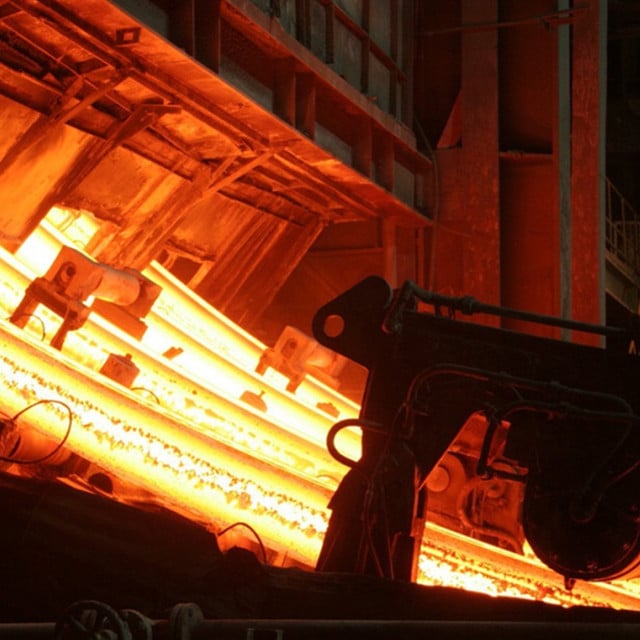With the development of the steel industry, continuous casting technology plays an important role in steel production. Continuous casting technology can efficiently convert liquid steel into billet, improve production efficiency and product quality. In the continuous casting process, the structural design of the intermediate package has an important impact on product quality.
Four-stream billet continuous casting intermediate package is one of the commonly used continuous casting equipment. It consists of package groove, package wall, package bottom and the upper part of the anti-overflow dam and other parts. The main role of the intermediate ladle is to protect the liquid steel from contamination in the process from the iron ladle to the crystalliser, and to provide suitable temperature and flow conditions.
In the structural design of four-stream billet continuous casting intermediate ladle, the following aspects need to be considered:
The first is the design of the ladle trough. The ladle trough is the main part of the intermediate ladle, which is in direct contact with the liquid steel. The design of the ladle trough should take into account the fluidity and heat preservation of the molten steel. Reasonable design of the ladle trough can reduce the temperature loss of liquid steel, and ensure its smooth flow, to avoid secondary oxidation and spattering in the process of steel flow.
Next is the design of the ladle wall. Packet wall is the outer wall of the intermediate packet, which plays the role of heat preservation and protection. The design of the package wall should take into account the thermal conductivity and strength of the material. Reasonable package wall design can reduce heat loss, improve the insulation effect of the intermediate package, and ensure the stability and safety of the intermediate package in the process of transport and use.
In addition, the design of the bottom of the package is also very important. The bottom of the ladle is the bottom of the intermediate ladle, which bears the weight of molten steel and the flow pressure of liquid molten steel. The design of the bottom of the ladle should take into account its bearing capacity and permeability. Reasonable design of the bottom of the ladle can ensure that the intermediate ladle is free from deformation and leakage during transport and use, and provide suitable flow conditions.
Finally, there is the design of the upper spillage control dyke. The upper spillage dam is the upper edge of the ladle that prevents liquid steel from spilling. The design of the upper spillage dam should take into account its height and shape. Reasonable design of the upper spillage dam can ensure that the intermediate ladle does not overflow during transport and use, and ensure the safety and stability of the production process.
In summary, the structural design of four-stream billet continuous casting intermediate package has an important impact on the efficiency of continuous casting production and product quality. Reasonable intermediate package structure design can protect the liquid steel from contamination, provide appropriate temperature and flow conditions, to ensure the safety and stability of the continuous casting process. Therefore, in the design of the structure of the intermediate packet, need to comprehensively consider the packet groove, packet wall, packet bottom and upper spillage dam and other factors, in order to ensure that the continuous casting process is carried out smoothly.

